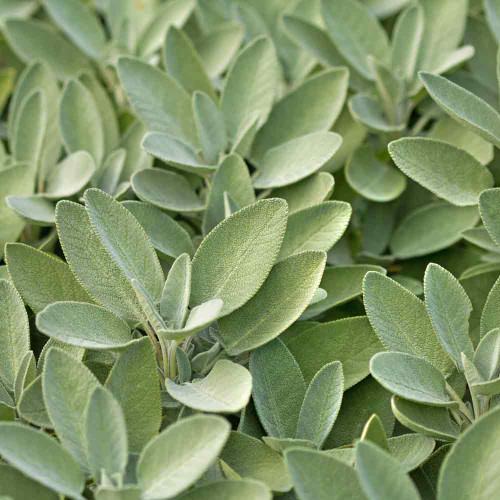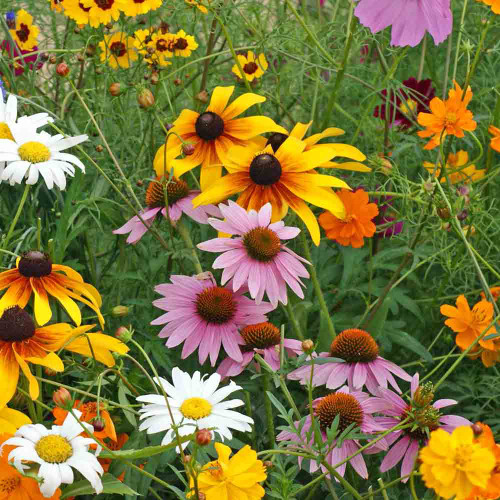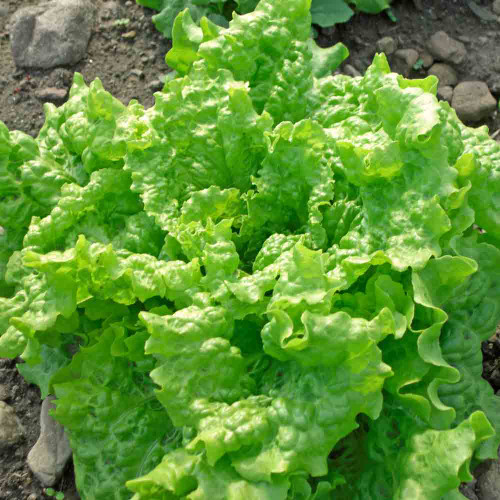Description
Clary Sage - Colorful Beauty
Originally a native of southern Europe and Syria, Clary Sage has been used medicinally and as a flavoring for beverages.
Details
Soft, woolly heart shaped leaves with lilac, pale blue, pink or white flowers form in whorls on top of the stems, with the upper lip curled up. Flowers smell sharply of pine and grapefruit. Forms 10-12" rosettes in the first year, tall flower spikes the second.
History
The Romans called it sclarea, from claurus, or “clear,” because they used it as an eyewash. The practice of German merchants of adding clary and elder flowers to Rhine wine to make it imitate a good Muscatel was so common that Germans still call the herb Muskateller Salbei and the English know it as Muscatel Sage.
Uses
Flavors teas, wines, and is used as an eye wash, in cosmetics, potpourris, sachets and for aromatherapy. Attracts hummingbirds and many different species of butterflies.
From the soil to the seed to the food you eat - we'll help you grow your best garden!
1 Review
-
All time favorite sage plant
Clary sage is magnificent to behold in the garden. Depending on the garden location, this biannual can grow up to five feet tall. Used traditionally for women and children's health, this is a great dried herb to take baths with to alleviate cramps. The name clary, a derivative of clear eye was named as such for clearing up eye irritations. I have also had success with this particular usage using the seeds in a water tincture as an eye rinse. A glorious plant to grow.











